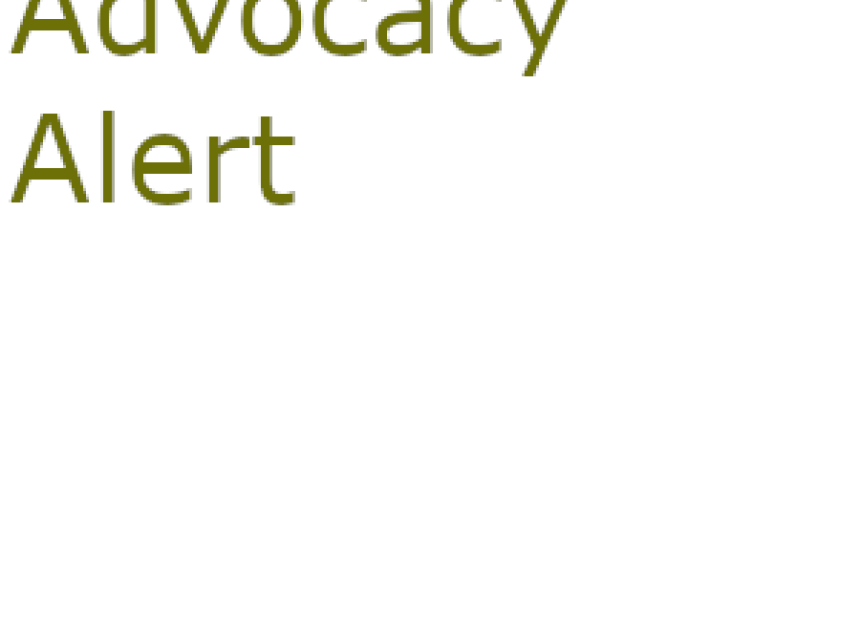
In June 2021, ADvancing States released a letter – developed directly with state agency feedback – on continuation of key flexibilities states have utilized under the Older Americans Act to serve older adults during the COVID-19 pandemic. These flexibilities allowed states to serve thousands of older Americans during the pandemic – and states do not foresee a decrease in demand in the near future. COVID-19 significantly increased demand for services due to the challenges with shelter-in-place orders and the disproportionate impact on older adults. It also shone a spotlight on key challenges and limitations of our delivery system that were already concerns before the pandemic. This includes inflexibility of service delivery, social isolation, the digital divide, and unmet needs of older adults across the country.
To address these challenges on an ongoing basis, we offer the following recommendations:
• Waive the matching requirements for supplemental OAA funding included in the American Rescue Plan Act to align with previous stimulus packages that have not required a match.
• Allow for continued maximum flexibility for states to transfer up to 100% of their allotments between III-C1 and III-C2. This will allow states to continue to serve ongoing increased demand, as well as provide more person-centered services that are more responsive to consumer needs.
• Give states the option to waive the Dietary Reference Intakes/Dietary Guidelines for Americans (DRI/DGA) for OAA meals and have the meals still be NSIP eligible.
• Require ACL to work with states and area agencies on aging to examine what other flexibilities should be kept moving forward to support person-centered nutrition services for a wider population.
• Allow National Family Caregiver Support Program funds to be tailored to the caregiver and remove restrictions placed on supplemental services.
• Clarify that decisions on establishing homebound requirements for OAA services are made at the state level and do not require a waiver from ACL.
• Maintain maximum flexibility for state agency use of OAA funds—ushering in a new, more person-centered era for OAA programs.
Click here to view the letter.
